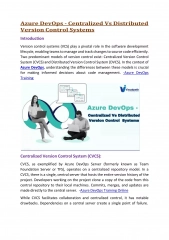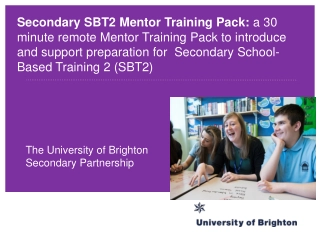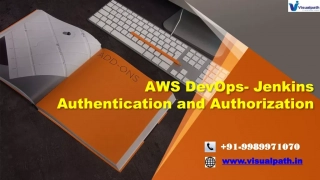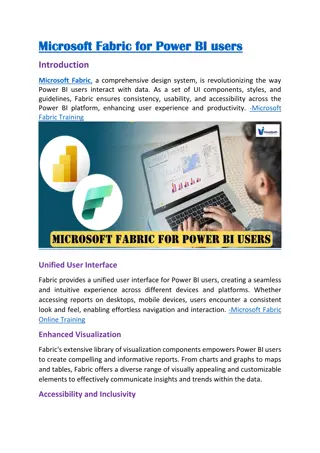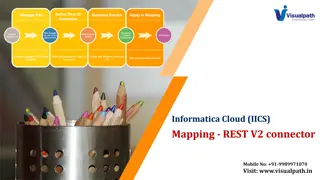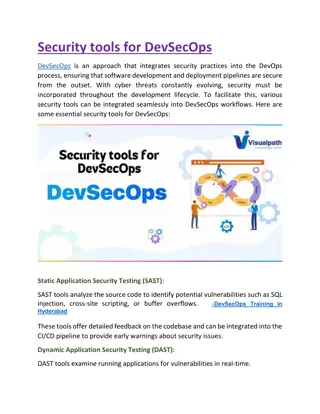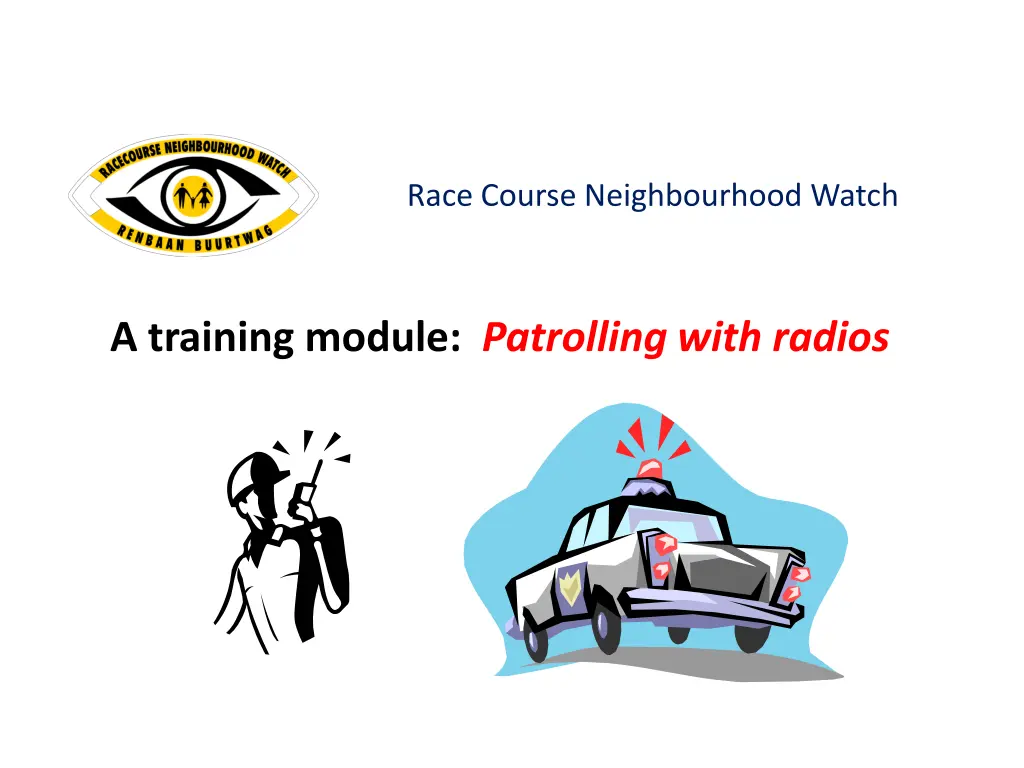
Neighbourhood Watch Training: Protecting Your Community with Radios
Enhance your neighbourhood watch knowledge with this training module on patrolling using radios. Learn about communication protocols, safety dos and don'ts, and how to avoid risks while on patrol. Stay informed and connected to keep your community safe.
Download Presentation

Please find below an Image/Link to download the presentation.
The content on the website is provided AS IS for your information and personal use only. It may not be sold, licensed, or shared on other websites without obtaining consent from the author. If you encounter any issues during the download, it is possible that the publisher has removed the file from their server.
You are allowed to download the files provided on this website for personal or commercial use, subject to the condition that they are used lawfully. All files are the property of their respective owners.
The content on the website is provided AS IS for your information and personal use only. It may not be sold, licensed, or shared on other websites without obtaining consent from the author.
E N D
Presentation Transcript
Race Course Neighbourhood Watch A training module: Patrolling with radios
Northern Suburbs Neighbourhood Watch Structure NSNW Management Committee Chairman / Vice Chairman Armed Response Company SAPS Race Course NW Francois Jooste N/Watch A Chairman OPS Manager N/W B Chairman OPS Manager
THE SYSTEM / NETWORK more repeater stations Radios are privately owned or donated Each radio has an individual call sign Each NW area has its own prefix (Bravo, Mike, Tango, etc.) ADT A/R provides the radio infrastructure Radios are each on a dedicated frequency Communications are relayed through one or
Dos Make sure your radio is charged before going on patrol, and make sure your cell phone is also charged Make sure you have all items needed; torches, orange lights, car magnets, etc. Wear your reflective vest with ID cards at all times. Response teams WON T assist you without them Make sure you have the necessary emergency contact numbers programmed in your phone To start: Call in on your radio to Control to let them know you are going on patrol (and remember to call in to let them know you have finished your patrol shift. Be careful at all times Be respectful of other members of the public. Remember that you represent Racecourse Neighbourhood Watch. Treat everyone with respect Be aware of your surroundings Call in and report suspicious behaviour the word suspicious can mean different things to different people. Very briefly explain why you regard the incident as suspicious. Remain calm and collected at all times panic is your worst nightmare
Donts Don t engage anyone that you regard as suspicious. Rather call for AR assistance - or SAPS - to investigate. Don t stop in areas that are secluded or where you cannot see all around you. Don t be afraid to call for back-up from other patrol members if you feel unsure or insecure.
HOW TO AVOID RISK TO YOURSELF Do not: rush to an incident report every person or vehicle you observe break any traffic laws be guilty of discrimination act in a violent manner carry a firearm without clearance (see Constitution) arrange an unsafe RV (rendezvous) exit or switch off your vehicle compromise anyone else s security
On the use of radios They are your and others lifelines, and are used to: transmit and receive clear, brief, accurate and secure information provide simultaneous communications between fellow patrollers, ADT, SAPS and other NHWs co-ordinate efforts to be the NW s eyes and ears by providing instant information via your radio
5 & 6 The radio itself: 8 9 1. Charger 2. Charge light 3. Radio 4. Aerial (screw on) 5. Volume Control 6. On/ off switch 7. Microphone 8. Speaker 9. PTT ( Push to talk ) button 7 1 Other radios may have L.E.D. displays and additional buttons
HOW TO TRANSMIT Depress the PTT ( Press To Talk ) button only when sending. Remember: it s PRESS TO TALK - not PRESS TO LISTEN! The PTT button depressed on ANY radio cuts out all communications of ALL other radios on the network, including that of Control.
Channels available on the system (there are currently 4 available to us) Channel 1: This is the main channel, and is monitored by ADT s control center. The controller of all communications is addressed as CONTROL , and is fully in charge. All radio traffic is recorded on this channel. Channel 3: This, used in conjunction with Channel 2is called the Sleeper channel . It s function will be explained later. Channel 4: This is called the Simplex Channel and, because it doesn t transmit and receive via repeater stations, uses line of sight. Its use is limited only to radios issued to our watch members.
Dos Make sure that when you press the PTT button you hold it for 2 seconds before speaking. Speak with your mouth about 30 cm from the radio Keep the PTT button depressed throughout message End your message with a similar pause before releasing the PTT button Don ts Don t carry your radio by its aerial Don t press PTT in any accidental way Don t store or carry in any way that could depress the PTT button
RADIO DISCIPLINE If two stations send at the same time, neither will be heard and chaos will ensue Improper operation, while under stress or in emergency situations, can lead to fatal errors Interference and long distance can produce a weak signal and lead to misunderstanding Remember that radio traffic must be disciplined and controlled Develop good habits now - they become automatic in emergency situations
RADIO SECURITY - - - DO NOT State zone or area of patrol State duration of patrol Give time returning on duty or when other call signs start their patrol duty Give out phone numbers or names (rather use your cell phone for this) Give out information on residents (i.e. names, street addresses, on vacation, house for sale signs, etc.). Rather use your cell phone for this Arrange a rendezvous with other patrollers in an unsafe, unlit area or a dead end.
SOME GENERAL RULES Procedure used is not strictly military. It is for example courteous when calling in on Ch. 1 to say, Good day Control, this is Romeo Charlie (X) - now going on patrol. Limit slang, use plain, simple English Remember that Control is in charge but has other duties Wait to be answered Give accurate , brief and concise information Be patient, unless an EMERGENCY Over means I expect a reply. Out means I have finished communicating Over and Out is, as they say, for the movies
On voice procedure, focus on: Clarity of speech. Don t mumble. Brevity: Be short and concise. Speed: Don t gabble or drag out your message. Volume: Speak up, but don t shout. Pitch: This must be slightly raised. Rythm: Keep it steady. Think on what you want to say before you speak.
On sending and receiving: Identify both the contact and yourself: Control this is Romeo Charlie (X) message, over. ( Over means you are requesting a reply and/or acknowledgment) Control will reply, Control, send, over. (Control is hearing you. Send your message) Identify yourself again and send the message: This is Romeo Charlie (X). I am starting patrol, over. Control replies: Control, I copy you, out. or Roger, Control, out. ( Out means you are finished and do not need a reply)
More on sending and receiving: Remember to advise Control whenever you are starting or ending a patrol shift. The reason behind this is that it provides for the safety of you, the patroller, and its gets recorded. Remember that Control knows which call sign is from which watch area. If a large operation is in progress, you may be informed that you should not log on and log off.
REMIND YOURSELF OF THESE DOS Before sending your message, wait for some silence Press the PTT button, pause for 2 seconds before speaking After speaking, pause for 2 seconds before releasing the PTT button Call Control, give your call sign, state over Wait for acknowledgement before continuing with your message To speak to other patrollers, first say, Control, permission Wait for Control to acknowledge with Go ahead Deliver your message to the patroller
REMIND YOURSELF OF THESE DONTS Don t harass Control Don t request all details of serious incidents Don t panic during an emergency Don t call in during an emergency situation progress Don t use bad language Don t switch on and speak without a 2-second pause Don t make direct contact with other patrollers without first asking Control s permission. Say, Control, this is Romeo Charlie (X) Permission, over. Control will reply Go ahead Romeo Charlie (X) Don t make direct contact with SAPS Don t chit-chat or repeat words like Copy, copy, copy
SUGGESTED RADIO EXERCISES (Page 1) 2) Patrol starts Say, Control, this is Romeo Charlie (X) message, over Control will reply, Control, send Switch on and wait (to ensure the air lanes are clear) Press PTT for 2 seconds Transmit in the following order: 1) Signal strength / radio test (first discuss strengths with trainee) Say, Control, this is Romeo Charlie (X) message, over Control will reply, Control, send Say Control, this is Romeo Charlie (X), signal strength, over Control will reply, I read you X/5, over Say, Control, this is Romeo Charlie (X), I read you 5/5, out
SUGGESTED RADIO EXERCISES (Page 2) Say, Control, this is Romeo Charlie (X), I m starting my patrol now, over Control will reply, Control, copy, out 3) Incident reporting to Control Examples include suspicious persons climbing over a wall; someone screaming; suspicious bag seen under foliage; suspiciously behaving vehicle (report registration plates, colour and make of the vehicle, description of occupants, etc.) 4) Permission Say, Control, this is Romeo Charlie (X), permission please, over Control will reply, Control, go ahead, over Send your message directly to the patroller(s) in question.
In a life threatening emergency Keep the PTT button depressed. Everyone on that channel can then hear what is being said and deduce what is happening. Bear in mind that when you do this no-one else will be able to communicate. Remember that SAPS have their own network.
The phonetic alphabet A = Alpha B = Bravo C = Charlie D = Delta E = Echo F = Foxtrot G = Golf H = Hotel I = India J = Juliet K = Kilo L = Lima M = Mike N = November O = Oscar P = Papa Q = Quebec R = Romeo S = Sierra T = Tango U = Uniform V = Victor W = Whiskey X = X-ray Y = Yankee Z = Zulu
What is a Neighborhood Watch? A NW is a voluntary community based organisation which is set up to assist in the prevention of crime in a neighbourhood. The NW will nurture a sense of unity, dedication and good neighbourly relations among the residents of the area; serve as a watchdog for its community and the local police services, thereby assisting the local police services and armed response companies to safeguard its community against criminal activities and strive for a safe and secure environment as well as provide a channel through which local communities can play a meaningful role in crime prevention.
RCNW Partners with who? A NW, once registered, forms part of the South African Police Services (SAPS) Community Police Forum (CPF). This relationship enables the dissemination of crime and safety information amongst the SAPS and NW members. The phrase Knowledge is Power comes to mind, which is true for a NW program, for the more knowledge its members have about the activities in their area, the more empowered they are to respond to the extraordinary
NW Legalities The NW accepts responsibilities and obligations governed by South African Law through its affiliation with organs of state such as SAPS and CPF. The NW needs to execute its duties responsibly and through its actions, not endanger the community or any member thereof. To this end, it must be duly constituted with an elected executive committee and accepted constitution. It must establish and record its membership and have regular meetings to discuss the operation of the organisation.





